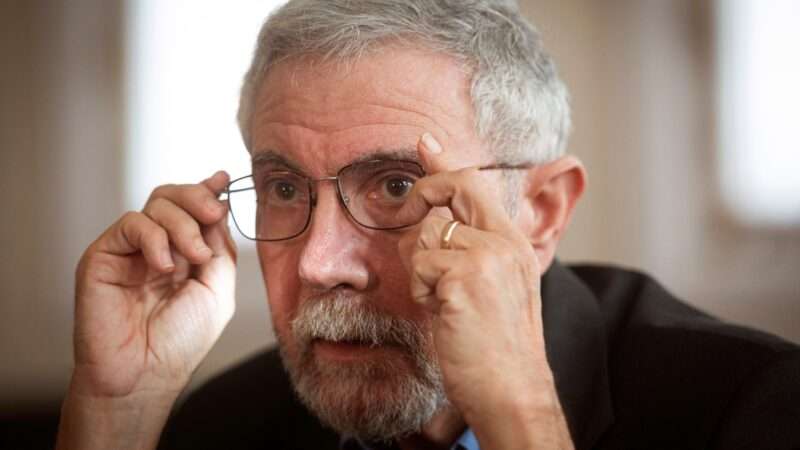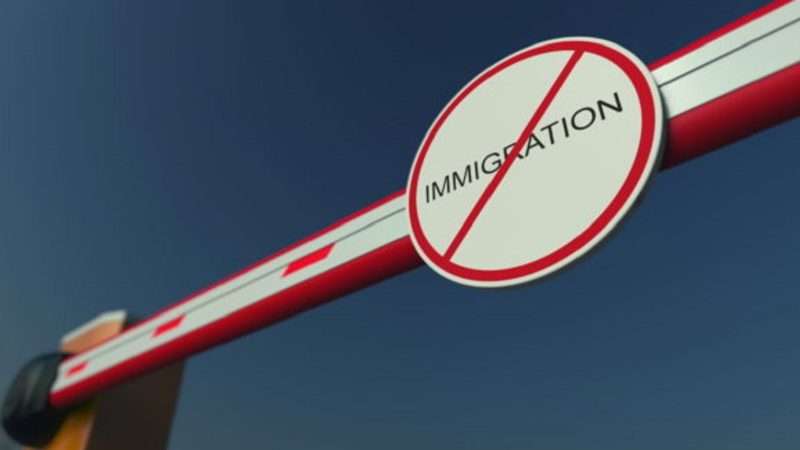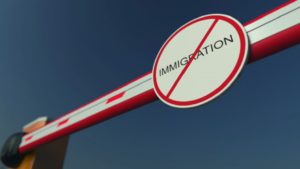In Wednesday’s Danville Christian Academy, Inc. v. Beshear (E.D. Ky.), Judge Gregory F. Van Tatenhove’s granted a preliminary injunction that allowed religious schools to reopen in Kentucky; the governor’s closure order, the court concluded, violated the Free Exercise Clause. (The order was promptly appealed, and presumably Governor Beshear will ask the Sixth Circuit to hear the case on an expedited basis.)
[1.] The opinion concluded that there was sufficient evidence that the closure order burdened Danville Christian’s Free Exercise Clause rights:
To begin, the parties do not facially dispute that Danville Christian has a sincerely held religious belief in conducting in-person instruction. Nevertheless, the Governor argues that the fact Danville Christian halted in-person teaching earlier during the pandemic, when faced with an infected member of its community, seriously undermines the irreparable harm requirement of a preliminary injunction. By implication, this raises a challenge to the school’s sincerity. In response, Danville Christian argued that the halt in holding in-person instruction was a voluntary short-term act taken out of deference to the community, and now that more is known about the virus and other measures can be taken to allow classes to resume safely, it would violate Danville Christian’s First Amendment rights to force the school to hold virtual instead of in-person classes.
Exercising a judgment call to close for a short period of time when far less was known about the virus cannot now effectively counter its conviction. Danville Christian has presented evidence of the significance of in-person instruction, including the holding of weekly chapel services and corporate prayer throughout the day. The Court is also cognizant of the role of daily in-person mentorship of religious values that occur in religious schools that is simply not as feasible in a virtual setting. In extending the ministerial exception to private school teachers in Our Lady of Guadalupe School v. Morrissey-Berru, the Supreme Court expressed that in the First Amendment context, faith and education go hand in hand. “[E]ducating young people in their faith, inculcating its teachings, and training them to live their faith are responsibilities that lie at the very core of the mission of a private religious school.” Therefore, insofar as it relates to the irreparable harm prong, the Court finds this to be sufficient to demonstrate Danville Christian’s sincerely held belief.
[2.] The court then concluded that the closure order wasn’t neutral and generally applicable (and thus didn’t fall within Employment Division v. Smith) because it treated schools worse than preschools and universities:
There is ample scientific evidence that Covid-19 is exceptionally contagious. But evidence that the risk of contagion is heightened … in K-12 schools as opposed to preschools, universities, or colleges, is lacking. Dr. Steven Stack, the Commissioner of the Kentucky Department of Health, stated that Kentucky is particularly vulnerable to the spread of Covid-19 in schools because “an unusually high percentage of Kentucky children are cared for by their grandparents and older individuals are at higher risk of severe illness or death from Covid-19. He further stated, “[s]chools are high volume mixers of people” which can make reduction in the spread of Covid-19 difficult. Of course, that is true of many public settings. In spite of these factors, preschools, colleges, and universities will remain open so long as certain precautions are taken. Neither Dr. Stack nor the Governor have adequately explained why K-12 schools must close while these other institutions, where many children and young adults who live at home may still expose family members to Covid-19, can remain open.
The Governor’s executive order also seems to run counter to CDC recommendations. On November 19, 2020, CDC Director Robert Redford stated, “[t]he truth is, for kids K-12, one of the safest places they can be, from our perspective, is to remain in school,” and that it is “counterproductive … from a public health point of view, just in containing the epidemic, if there was an emotional response, to say, ‘Let’s close the schools.'”
If social distancing is good enough for offices, colleges, and universities within the Commonwealth, it is good enough for religious private K-12 schools that benefit from constitutional protection. Ultimately, “[t]he First Amendment protects the right of religious institutions ‘to decide for themselves, free from state interference, matters of church government as well as those of faith and doctrine.'” …
“[R]estrictions on religious exercise that are not ‘neutral and of general applicability’ must survive strict scrutiny.” Although the efforts by Governor Beshear to prevent the spread of Covid-19 are commendable, the Executive Order bans all in-person instruction for K-12 schools, and this cannot be considered to be narrow tailoring as required under strict scrutiny.
{[A]lthough the Governor would like the Court to only compare schools in the context of the executive order and find the order to be one of general applicability, Maryville Baptist Church, Inc. v. Beshear (6th Cir. 2020) instructs otherwise. In answering the general applicability question in Maryville, the Sixth Circuit questioned why law firms, laundromats, liquor stores, and gun shops could stay open while churches, despite following CDC-approved guidelines, could not. The restrictions which the Sixth Circuit criticized as “inexplicably applied to one group and exempted from another” are similar to those Danville Christian challenges today…. [P]reschools in the state remain open after this executive order, as do colleges and universities. The prohibition on in-person teaching is not narrowly tailored ….}
[3.] The court also concluded that the injunction here should apply to all religious schools in the state, and not just the Danville Christian Academy, largely because the lawsuit was also brought by the state Attorney General’s office:
Furthermore, the Supreme Court of Kentucky has indicated that the Attorney General has an obligation to serve all members of the Commonwealth. This obligation includes suing government actors on members’ behalf to protect constitutional rights. In the present case, the Executive Order at issue does not just affect Danville Christian. The Executive Order applies to all religious schools in Kentucky. Upon consideration of both judicial precedent and the expansive obligation of the Attorney General to serve all members of the Commonwealth, it becomes apparent that, because the violation established impacts all religious schools in Kentucky, the preliminary injunction must extend statewide.
[4.] Because the challenge here was brought under the Free Exercise Clause, it doesn’t apply to secular private schools. But secular private schools have Free Speech Clause rights, too, as well as rights stemming from the parental rights of the parents who send their children there (see Pierce v. Society of Sisters and Meyer v. Nebraska); and allowing religious institutions to keep teaching while barring secular institutions from doing so may well violate the Free Speech Clause and the Establishment Clause (see Texas Monthly, Inc. v. Bullock and Rosenberger v. Rector). I thus think that secular private schools would have an excellent argument if they wanted to go to court to ask to be treated the same as the religious schools.
Public schools, on the other hand, lack First Amendment rights that they can assert against the state legislature: “[A] political subdivision, ‘created by a state for the better ordering of government, has no privileges or immunities under the federal constitution which it may invoke in opposition to the will of its creator.'”
from Latest – Reason.com https://ift.tt/2JiEmaz
via IFTTT




